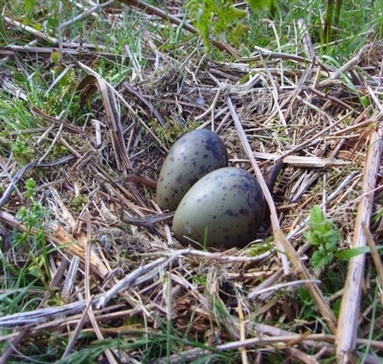Birdsnesting

Recently a friend gave me a book called "Birdsnesting" by JG Black published by Andrew Reid and Co. Ltd in 1920. It reflected a previous age in which little boys were encouraged to collect birds' eggs. For example in the section on ponds he writes "Remember a pond is generally soft at the bottom and deeper than it looks, and if you feel you have to turn your trousers further up before you are half-way there, come right back and take them off….you may have to swim for some nests….beware of the weeds that do not quite reach the top of the water…keep your legs up and you'll get through all right, but if you let them down you may easily get tied up…". There is an introductory letter in the book to "father or mother" from the author that states "….don't find fault with me for leading him into mischief…"
While this style is not appropriate in the twenty first century, the book, with sections on where to look, when to look, how to look etc as well sections on the nests, eggs and breeding habits of every bird family, gives a pertinent summary of some of the field crafts for birdwatching.
While my own interest in birds started in that distant age when some wee boys collected eggs, my interest developed into a life long passion after an uncle gave me a loan of a pair of second world binoculars and another gave me a good identification bird book. Collecting birds' eggs is rightly now seen as criminal. Under the Nature Conservation (Scotland) Act 2004 it is an offence to intentionally or recklessly damage or destroy the nest of any wild bird while it is being built or used. Whether your interest in birds is casual or more serious through photography, ringing, sound recording, scientific study or just the enjoyment of watching and identifying birds, please remember that the welfare of the bird must always come first.